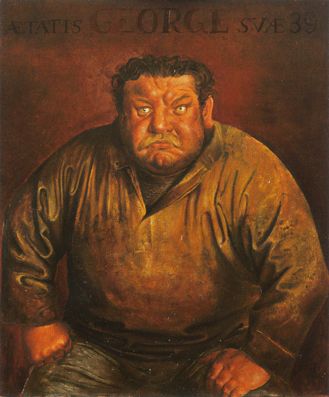 | Portraits have always played a major role in the creative world of Otto Dix, one of the most important modern artists, and his highly original and controversial works of the genre have found many admirers among critics and collectors. The Kunstmuseum Stuttgart will open in December an exhibition dedicated solely to this major part in the career of Otto Dix, as the museum has the most important collection of works by Otto Dix in the world. For the very first time the focus will be on the portraits, ranging from self portraits to images of children and elders, important personalitites and artists, social portraits, caricatures. Besides simply presenting, in his own special style, the look of the model, Dix also examines major themes, such as soul-searching, the existence of stereotypes, the downfall of men. |
Despite the fact that at first his works were considered to be too much for the taste of the public, Otto Dix became in the later part of his life a living master and proved to be one of the most original German artists of the last century. A member of the Berlin Secession, his first important works were alegorical and highly symbolic protests against the reality of war, marked by his experience of the First World Conflagration. Highly successful in avantgarde circles, he would eventually be persecuted by the Nazis, who placed him on the list of the degenerate artists, firing him from his position as an art teacher at the Dresed Academy. Two of his creations were exhibited in the sinister show of degenerate art, Entartete Kunst, later being burned.
The only "chance" that the Nazi regime offered Dix was for him to join the Imperial chamber of Fine Arts, under strict governement control, with the condition that he would only paint landscapes. Yet, in secret, Dix also produced a small number of alegorical compositions, criticising the Nazis, works that have luckily survived. The artist was even arrested in 1939, acused of taking part in a plot against Hitler, later being released. He was conscripted and had a major strike of luck when he was captured by the French army. After the war he returned to Dresden and continued to paint, until 1969, when he died.
Photo : kunstmuseum-stuttgart.de
2007-08-24

































